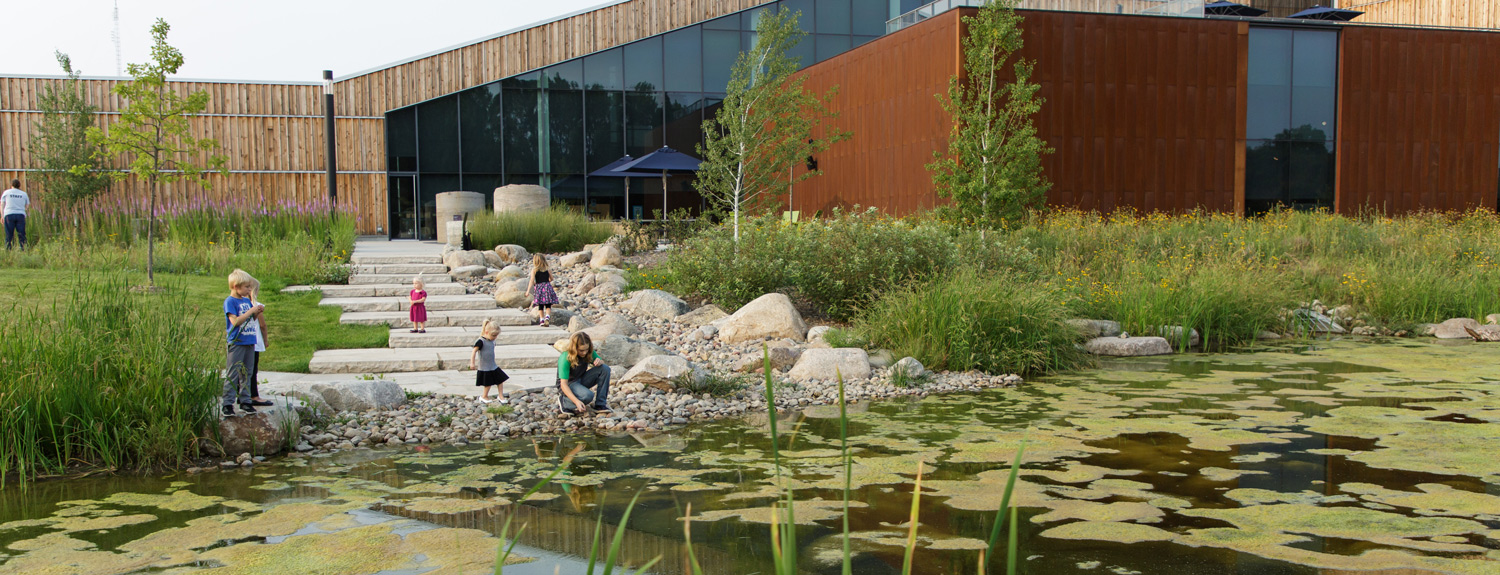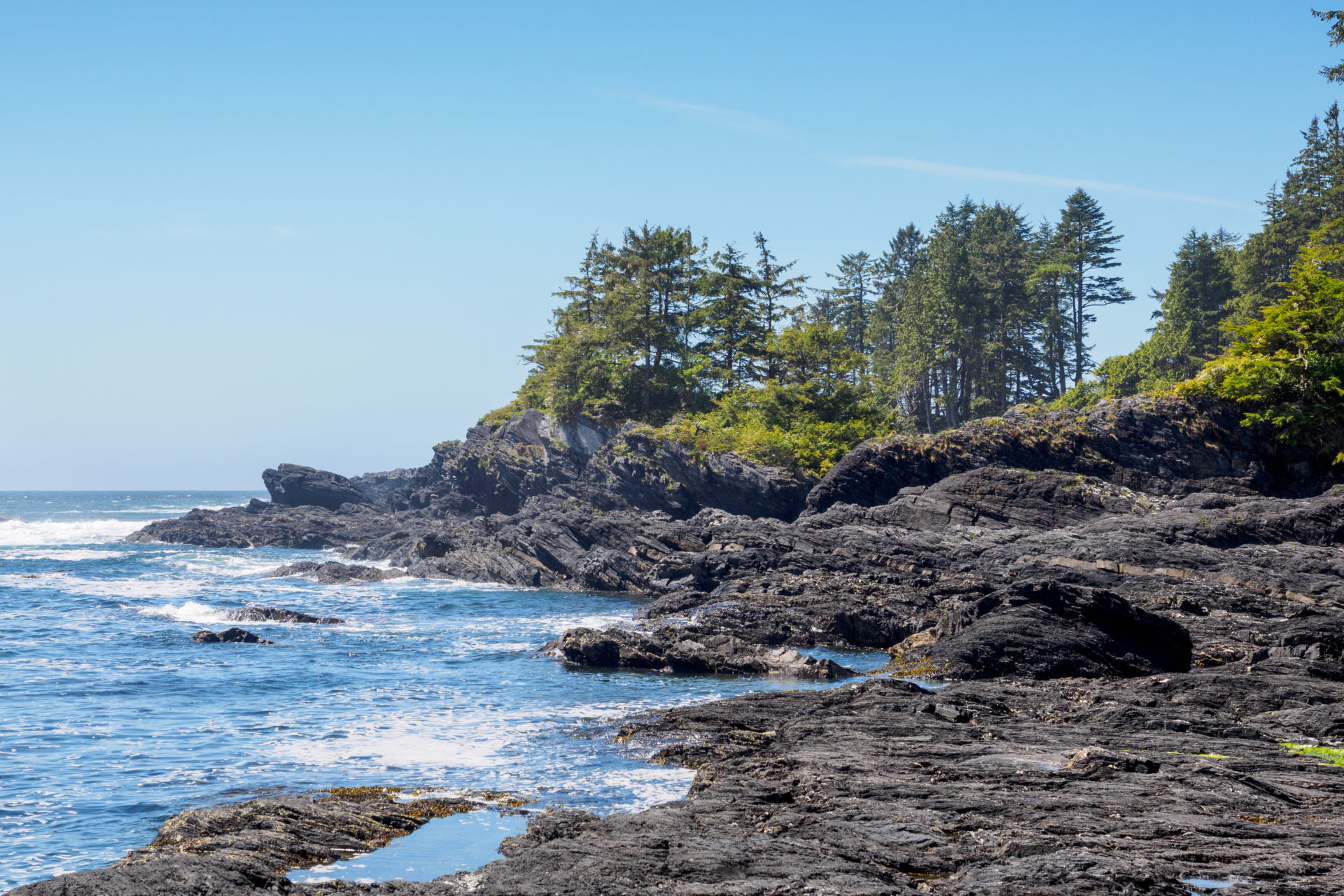
Women’s History Month: Josephine Tilden
Published03/15/2022 , by Emily Dzieweczynski
Celebrate Women’s History Month with us by learning about Josephine Tilden, an algae expert and the first woman scientist at the University of Minnesota.
While Josephine Tilden’s story begins in a University of Minnesota classroom not far from our corner on Cleveland and Larpenter, her curiosity and determination inevitably take her far from home. The year was 1897. Tilden graduated with her Master’s degree in Botany at the University of Minnesota. To no one’s surprise, she quickly broke the ranks of the historically male-dominated sciences and became a professor of botany at the University.

Josephine Tilden in 1924. University of Minnesota Archives.
During this time, she developed an intense fascination for phycology—the study of algae and seaweed. To make an already niche interest even more specific, Tilden decided that she wanted to study the little-known world of algae hiding on the Pacific coast. While the administration at the University of Minnesota was skeptical about the benefits of this research, they decided to make a deal. They agreed that if Tilden were to commit 5 years to this study, they would make her a full professor upon her return.
This wasn’t a hard bargain for Tilden. In fact, she ended up spending the rest of her life committed to understanding the algae and seaweed of the Pacific coast.
In 1889, the 29-year-old Tilden packed up her things and moved to Vancouver. After a series of adventures and perilous travels, Tilden arrived in Vancouver to meet Thomas Baird who would help guide her to what was soon-to-be research site. The destination? A place now known as Botanical Beach. A few miles up the coast and 65 miles west of Vancouver, was a small beach owned by Baird. When they arrived, the tide was low, and—to Tilden’s amazement—it was exactly what she’d been searching for.

Botanical Beach, British Columbia, Canada
In 1901, Tilden established a research and environmental center on the site, known as the Minnesota Seaside Station. In addition to their regular sampling and research, they also held courses in geology, zoology, algology, and lichenology. Every summer, 25 to 30 students—most of them women—would trek from schools throughout the Midwest to do research and attend lectures at the station until it closed in 1907.

Women students climbing on rocks after being caught by the rising tide. Photo by Ned Huff, University of Minnesota Archives.
As promised, when Tilden returned in 1910, she became a full professor of botany at the University of Minnesota. By then, she was an expert in algae and a leading international authority on the phycology of the Pacific coast. Even after Tilden retired, algae never left her heart. The University administration even feared that Tilden would take all of the samples she collected with her upon retirement so they hired a guard to watch the herbarium. Tilden being Tilden persuaded the Board of Regents to loan her the collection. When they agreed, more than a thousand cartons of her specimens, books, and notes were sent to her, where they stayed until her death in 1957.
Eventually, some of these specimens were returned and still remain in the Bell’s herbarium. The collection continues to offer important historical data to researchers across the world.

A marine algae, Egregia meziesii, collected by Josephine Tilden in 1898.
To learn more about some of the other incredible women working in science at the Bell Museum, check out our blog posts about curators Sharon Jansa, Sushma Reddy, and Ya Yang. If you’d like to hear more stories from the Bell’s history, join us for the launch of our history book, A Natural Curiosity, on April 20!
This story was adapted from A Natural Curiosity: The History of the Bell Museum.
This year is the Bell’s 150th anniversary—we’re thrilled to celebrate the ways in which the foundational ideas, curiosity, and care for the natural world that the Bell Museum was founded upon influence where we are today. We thank our 150th anniversary presenting sponsor General Mills for investing in the Bell as we engage the community in understanding the past and shaping the future! Learn more here.

